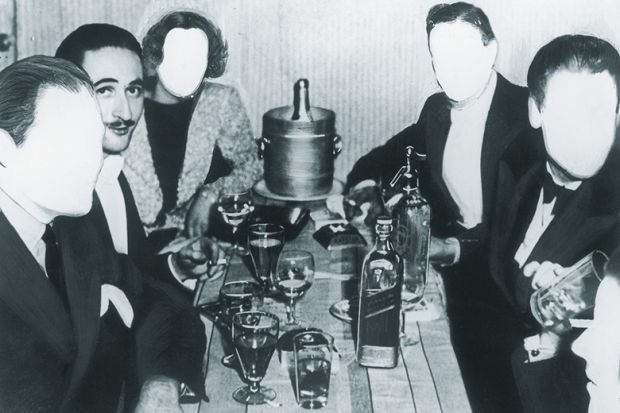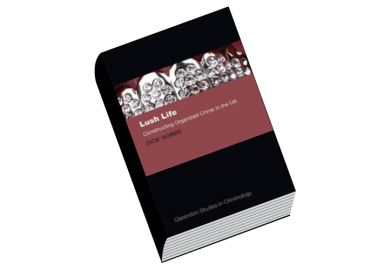On a wet Monday in 1937, four upper-crust but cashless louts, all of whom were from good families, were well educated and well dressed, booked into a room at the plush Hyde Park Hotel. One of them affected to be a Captain Hambro, with an estate in the country. It was he who called up Etienne Bellenger of the London branch of Cartier and suggested that he pop round to show him a selection of diamond rings. Bellenger promptly arrived, only to be coshed and robbed. The entire affair was bungled and the suspects, part of a world of privilege, amorality and snobbishness, were soon in the dock, sentenced to imprisonment and corporal punishment. They were “Mayfair Men” all.
This is a story about a crime and a book about the sociology of the criminals. Split into two sections, the first tells the tale of this cause célèbre robbery, which nevertheless soon faded from memory; the second half is a detailed contextual analysis of the period and its obsessions. Our felons then become the exemplars of a range of interconnected themes as we are treated to discussions of what it was that made these men turn criminal and how society dealt with them.
The second part of the book begins with a consideration of the efficacy of corporal punishment in prisons, a practice that was only partially abolished in 1948. The cat-o’-nine-tails leads to the question of the emergence of the upper middle-class “adolescent” man brought up in the flogging and birching world of Britain’s public schools. The milieu of our villains is that of social predators named after their Mayfair haunts in which driving fast cars as recklessly as possible, dining and dressing on counterfeit assurances of payment, buying cabaret girls and debutantes mink coats and diamond rings, often looted from raids on family friends, and drinking oneself into oblivion on the French Riviera were considered de rigueur.
It was to describe this type of new man that the term “playboy” had crossed the Atlantic. It was a term of abuse used liberally by sentencing magistrates, policemen such as Scotland Yard’s Robert Fabian and the popular press. The general public lapped up the dirty deeds of rich layabouts and revelled in their own “normality” in an age when a well-dressed and neatly coiffured man was almost always looked upon as “effeminate”. The gossip columns couldn’t get enough of upper-class criminals, philandering and salacious goings-on, although these were mostly confined to adultery, fraud and petty theft.
It was not until the writings of Ian Fleming and Hugh Hefner’s publishing ventures that the modern sense of a confident, sexually athletic hyper-masculine man replaced this older and tamer idea of the 1930s, one that the author explains also found expression in the gaudy showmanship of Oswald Mosley and secret gun-running expeditions to Franco. Ironically, the Mayfair men finally atoned for their sins, but still got their adrenalin rush, in the cockpit of a Spitfire. They never quite vanished, though. Their successors still go to public school, still run the Establishment and still enjoy silly pranks with the occasional pig’s head.
Clive Bloom is emeritus professor of English and American studies at Middlesex University.
Playboys and Mayfair Men: Crime, Class, Masculinity, and Fascism in 1930s London
By Angus McLaren
Johns Hopkins University Press, 272pp, £18.50
ISBN 9781421423470
Published 30 November 2017
Register to continue
Why register?
- Registration is free and only takes a moment
- Once registered, you can read 3 articles a month
- Sign up for our newsletter
Subscribe
Or subscribe for unlimited access to:
- Unlimited access to news, views, insights & reviews
- Digital editions
- Digital access to THE’s university and college rankings analysis
Already registered or a current subscriber?








